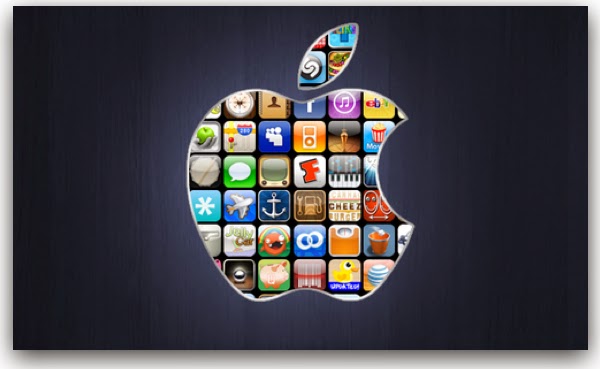In the following 4.7-inch iPhone 6, Kuo lists it as a 1334×750 Retina display with a pixel density of 326 pixels per inch.
If we go back to the time back where Apple launched its original iPhone, it had a 320×480 resolution. Eventually, Apple moved to 640×960 Retina display, doubling the linear resolution in each dimension. That allowed existing apps to simply be pixel-doubled to fill the entire screen. Developers could then take their time to update their apps to fully support the higher resolution display. When Apple moved from 3.5″ to 4″ screens in the iPhone 5, they simply added vertical resolution. This allowed existing apps to run in a letterboxed format with black bars at the top and bottom of the screen.
Given the sharpness of some displays on the market, there would certainly be some opposition to a device that increased the size of the screen but not the resolution. After all, with resident analyst Ming Chi Kuo noting that the resolution of the iPhone 6’s 4.7-inch display measure in at 1,334 x 750 pixels, it’s scraping the barrel of high-definition when comparable releases from rivals are offering 1080p full HD as a minimum.
Nevertheless, Apple has made a pretty good job of marketing the Retina capabilities of its devices, and given that it still uses the perceivably more favorable LCD technology where most others are going for AMOLED, it will definitely be interesting to see how the company markets the panel of its forthcoming release.








